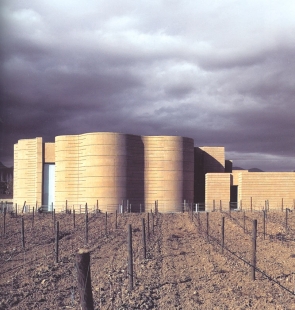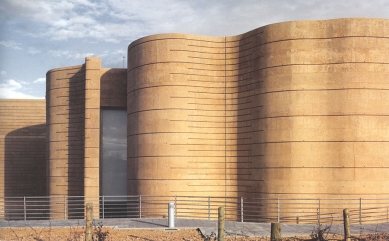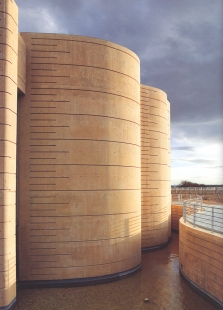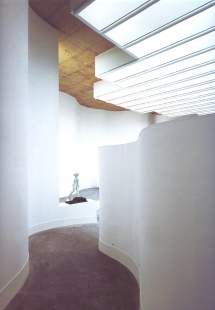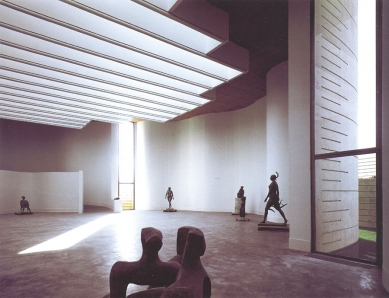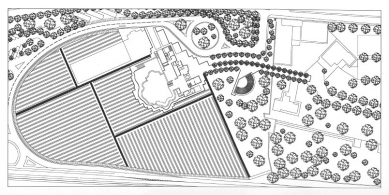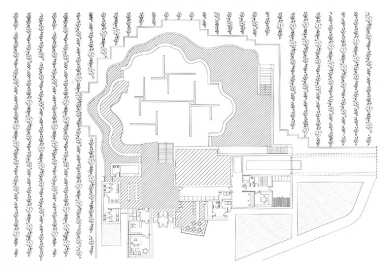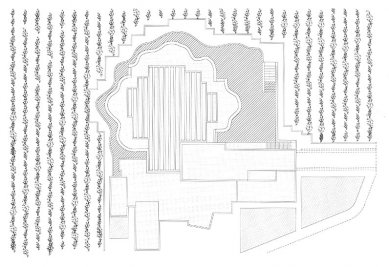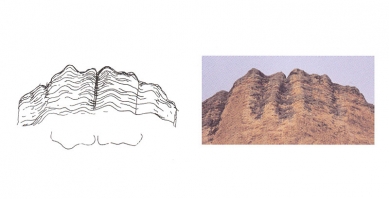
CDAN – Center for Art and Nature

 |
In addition to the way the building seems to sink into the ground, the materials it is made of aspire to mimic the materiality of the surroundings. The simplicity, texture and colour of the structure are intended to lead to this rapid assimilation of nature as the essence of architecture itself.
The building, seen as a living space that is open to the city of Huesca and visitors, seeks to create a space for art and nature. The site will ultimately include a building that will complete existing services, as well as the home, studio (designed by García de Paredes), and garden of José Beulas and Maria Sarrate, all annexed to the CDAN property — a set of autonomous structures that will constitute an extension of public space, a garden for the city.
CDAN
0 comments
add comment



